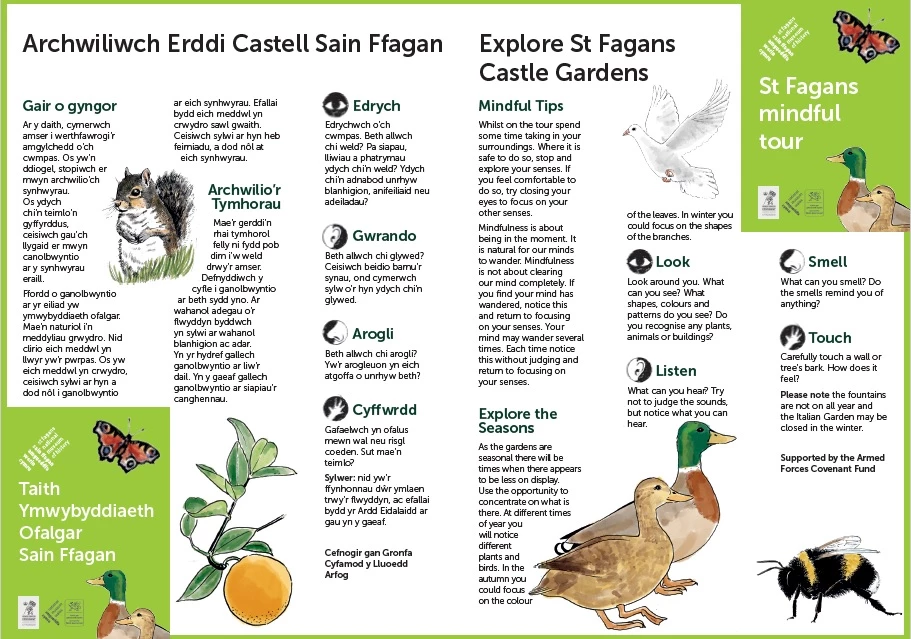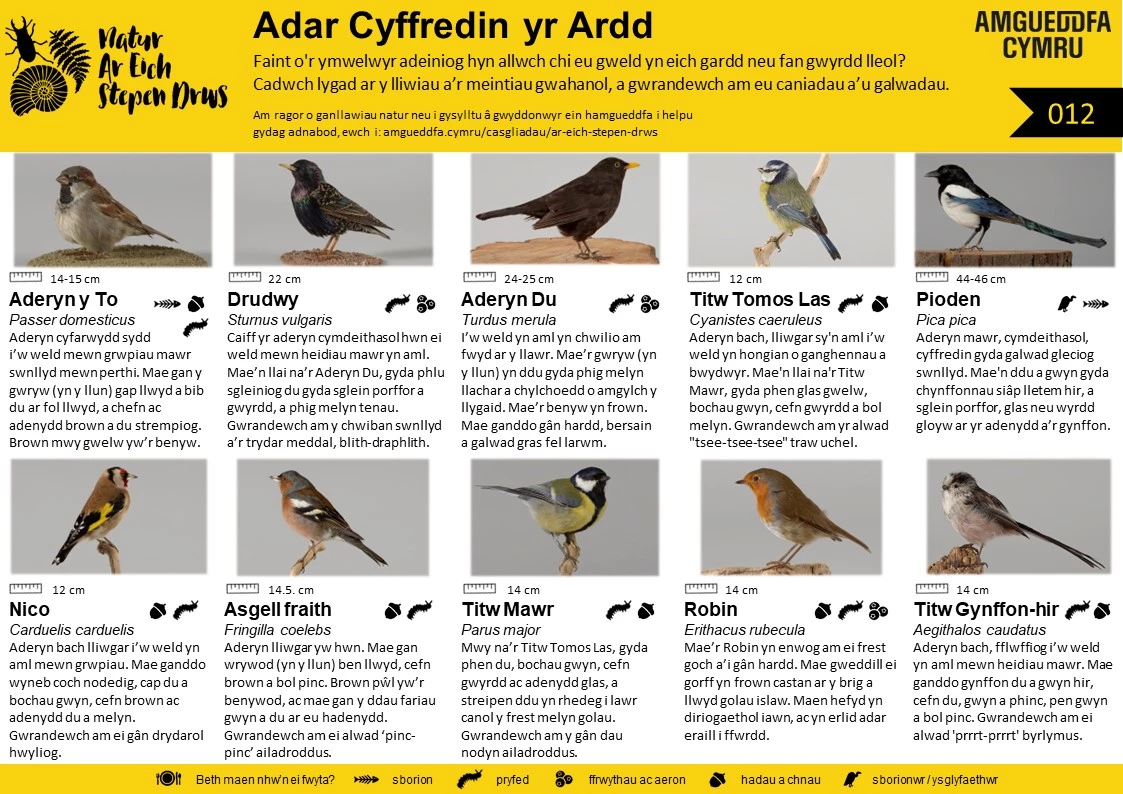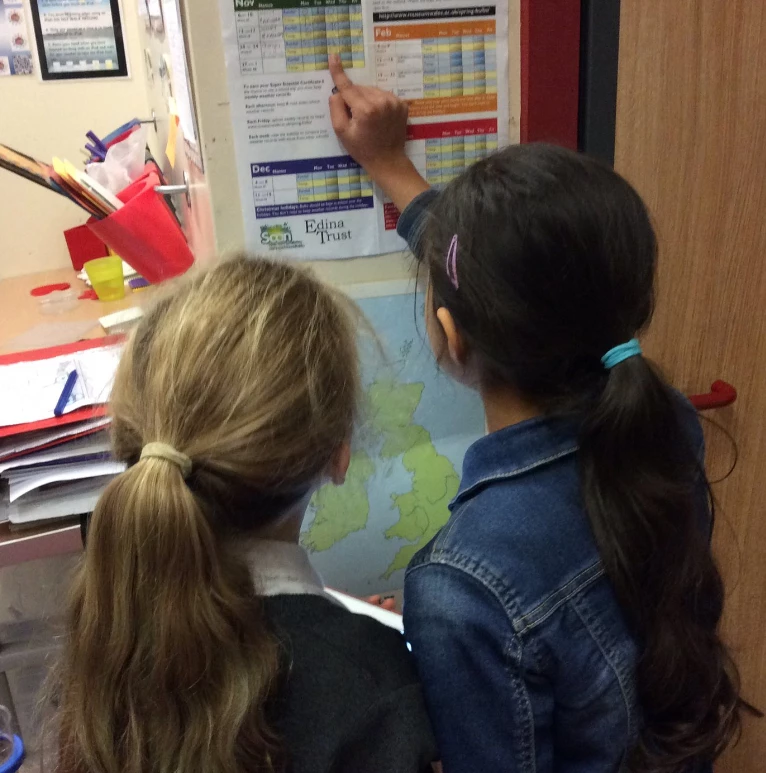Caring for nature this May
, 3 May 2023
Hi Bulb Buddies,
I hope it’s been a lovely, sunny start to May where you are. The weather is getting warmer, and the days are getting longer. Here are a few things you can do to care for nature in May:
Go on a nature walk
Take a walk in your local park, woods, or countryside. Observe the different types of trees, flowers, and insects you come across. You could even take a notebook to draw and write about what you see. Why not practice mindfulness while you are outdoors, and really listen, look, smell and feel your surroundings. This Mindful Tour resource is developed for the gardens at St Fagans National Museum of History, but it contains some fantastic tips that can be applied to any mindful walk.
Plant a garden
You don't need a big garden to grow plants. You could plant flowers in a pot or even in an old shoe! Why not create an up-cycled plant pot? You could do some research into pollinators to see which plants best support them. Pollinators like bees and butterflies are essential to the survival of plants and ecosystems but they are under threat because of habitat loss, climate change and pollution. Schools that entered weather and flower data to the Amgueddfa Cymru website will receive seeds that will help to support pollinators.
Be mindful of water
Water is essential for all living things, but we should try to conserve it. Some ways you could do this are by turning off the tap while you brush your teeth, taking shorter showers or re-using water from the washing-up to water your plants! You can also help nature by making sure there is water in your garden or school grounds, such as in the form of a small pond or a birdbath. The bird spotting sheets on the right can help you to identify any common garden birds you might see.
No Mow May
Some of you may have heard of the campaign #NoMowMay where people are asked to not mow sections of their garden this month to help wildlife. You may notice more areas that are left to grow wild over the coming weeks, and this campaign may be why. Be mindful of these spaces and the wild plants, insects and animals that might be making them their home. There are some areas that will adopt this approach throughout the summer, and councils are being encouraged to follow suit and leave safe spaces for wildlife. Maybe you could ask your school if they will support this by leaving an area of the grounds un-mowed? Maybe you could plant any pollinator seeds you receive for taking part in the Spring Bulbs for Schools Investigation in this space?
There are many other small actions that can be taken to make a difference to our local spaces. Why not share any further ideas you have for exploring or conserving nature in the comments section below? Remember, every action helps when it comes to protecting our planet. So, get outside, explore, have fun, and make a difference!












